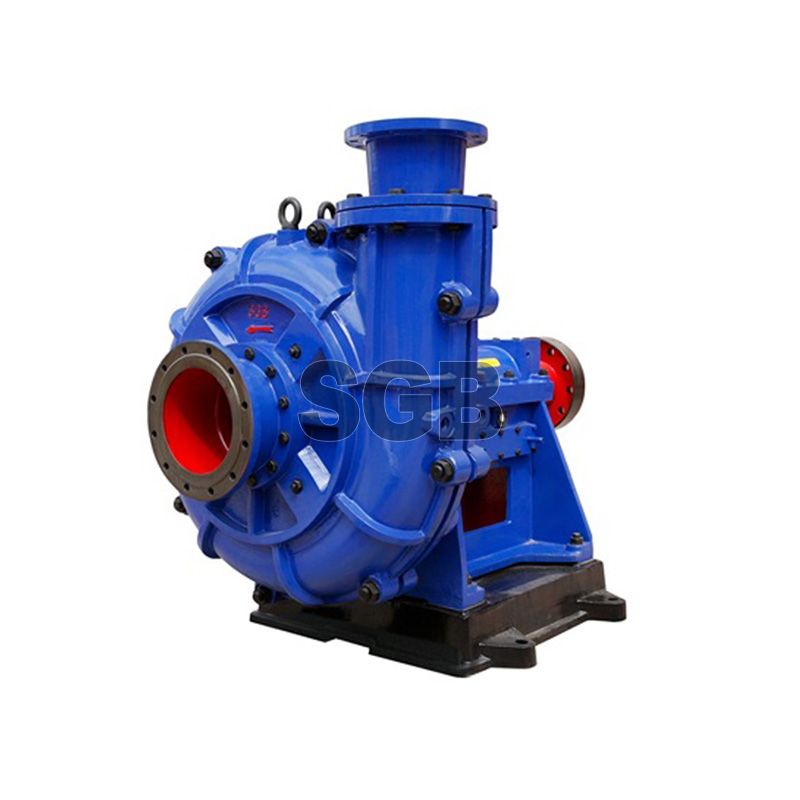In the realm of fluid dynamics and materials handling, the function of horizontal slurry pumps stands as a crucial linchpin in various industrial processes. These specialized pumps are engineered to handle abrasive and viscous slurries, making them indispensable in industries such as mining, mineral processing, and dredging. This comprehensive exploration delves into the intricate workings of horizontal slurry pump, their diverse applications, and the pivotal role they play in ensuring operational efficiency across multiple sectors.

Understanding Horizontal Slurry Pumps: A Brief Overview
Horizontal slurry pumps are purpose-built devices designed to efficiently transport abrasive and often corrosive slurries. Unlike traditional pumps that handle only fluids, slurry pumps are equipped to manage solid-liquid mixtures, often containing particles of varying sizes. The horizontal orientation of these pumps is particularly advantageous in applications that require the movement of dense and heavy slurries over long distances.
Key Components and Mechanism
A typical horizontal slurry pump comprises several essential components that collectively enable its effective operation:
Impeller: The heart of the pump, the impeller, is designed with vanes or blades that impart kinetic energy to the slurry. As the impeller rotates, it creates a vortex that entrains the slurry and propels it through the pump's casing.
Casing: The casing of a horizontal slurry pump is robustly constructed to withstand the erosive and abrasive nature of the slurries it handles. It not only directs the flow of the slurry but also helps to maintain the pump's efficiency.
Shaft and Bearings: The horizontal shaft connects the impeller to the pump's drive mechanism. Bearings support the shaft, minimizing friction and ensuring smooth rotation even under demanding conditions.
Seals: Effective sealing mechanisms are crucial in preventing leakage of the slurry and maintaining the overall performance of the Centrifugal pump.
Applications Across Industries
Horizontal slurry pumps find extensive utility in industries that deal with abrasive materials and challenging operating conditions. Some notable applications include:
Mining: In mining operations, these pumps are used to transport slurries containing minerals, ores, and other particulate matter. They play a pivotal role in processes such as ore extraction, tailings management, and hydraulic transport.
Mineral Processing: Horizontal slurry pumps facilitate the movement of slurries during various stages of mineral processing, including grinding, flotation, and dewatering.
Dredging: Dredging operations, aimed at excavating underwater sediments, rely on horizontal slurry pumps to effectively move the mixture of water and sediments.
Coal Preparation: The coal industry utilizes these pumps to handle slurries generated during the coal washing and preparation process.
Conclusion
In the intricate landscape of industrial processes, the function of slurry pumps emerges as an indispensable element, enabling the efficient handling of abrasive and viscous mixtures. With their specialized design, key components, and applications across diverse industries, these pumps play a pivotal role in ensuring operational excellence and productivity. Understanding the mechanics and advantages of horizontal slurry pumps equips industry professionals with the knowledge required to harness their capabilities effectively.


Comments
Please Join Us to post.
0